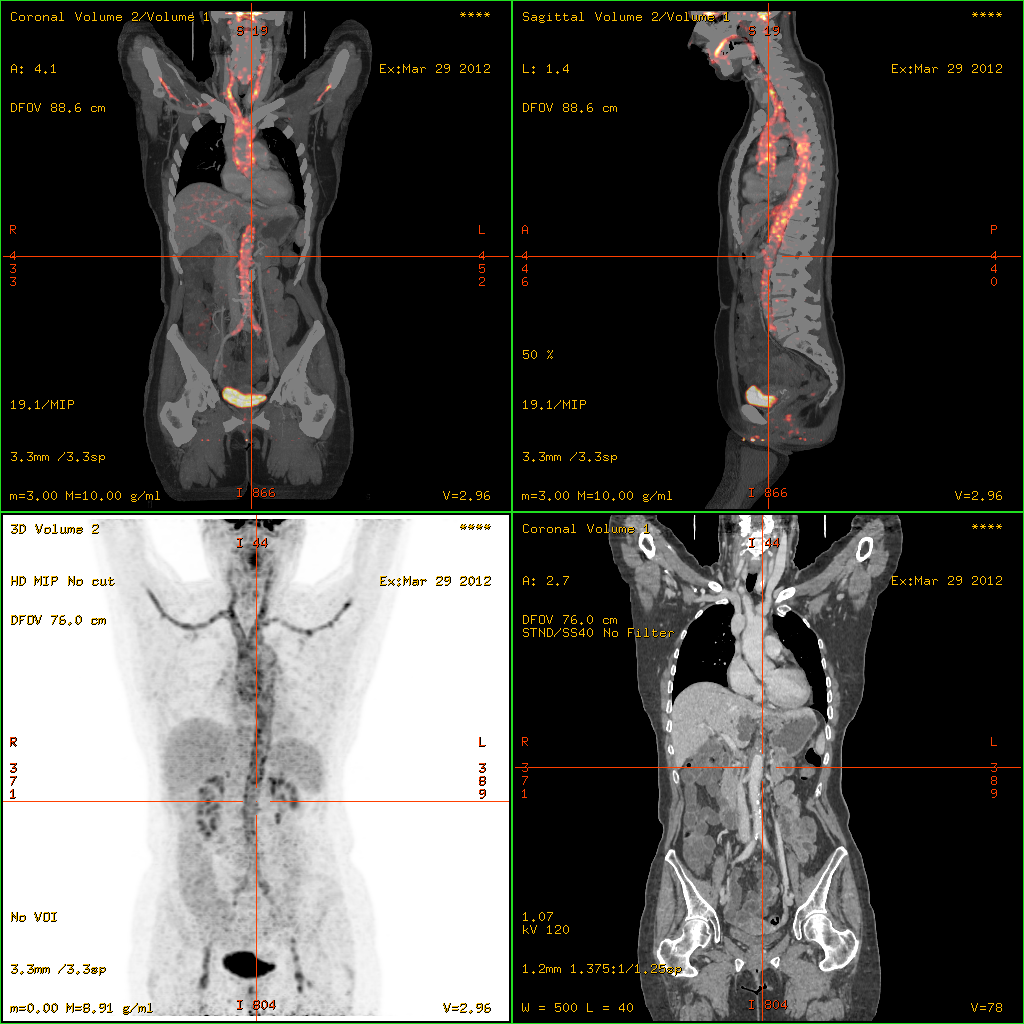|
Erythema Elevatum Diutinum
Erythema elevatum diutinum is a form of vasculitis. It has been described as a paraneoplastic syndrome. See also * Cutaneous small-vessel vasculitis * List of cutaneous conditions Many skin conditions affect the human integumentary system—the organ system covering the entire surface of the body and composed of skin, hair, nails, and related muscle and glands. The major function of this system is as a barrier against t ... References External links Vascular-related cutaneous conditions {{Cutaneous-condition-stub ... [...More Info...] [...Related Items...] OR: [Wikipedia] [Google] [Baidu] |
Vasculitis
Vasculitis is a group of disorders that destroy blood vessels by inflammation. Both arteries and veins are affected. Lymphangitis (inflammation of lymphatic vessels) is sometimes considered a type of vasculitis. Vasculitis is primarily caused by leukocyte migration and resultant damage. Although both occur in vasculitis, inflammation of veins (phlebitis) or arteries (arteritis) on their own are separate entities. Signs and symptoms Possible signs and symptoms include: * General symptoms: Fever, unintentional weight loss * Skin: Palpable purpura, livedo reticularis * Muscles and joints: Muscle pain or inflammation, joint pain or joint swelling * Nervous system: Mononeuritis multiplex, headache, stroke, tinnitus, reduced visual acuity, acute visual loss * Heart and arteries: Heart attack, high blood pressure, gangrene * Respiratory tract: Nosebleeds, bloody cough, lung infiltrates * GI tract: Abdominal pain, bloody stool, perforations (hole in the GI tract) * Kidneys: Inflamma ... [...More Info...] [...Related Items...] OR: [Wikipedia] [Google] [Baidu] |
Paraneoplastic
A paraneoplastic syndrome is a syndrome (a set of signs and symptoms) that is the consequence of a tumor in the body (usually a cancerous one), specifically due to the production of chemical signaling molecules (such as hormones or cytokines) by tumor cells or by an immune response against the tumor. Unlike a mass effect, it is not due to the local presence of cancer cells. Paraneoplastic syndromes are typical among middle-aged to older patients, and they most commonly present with cancers of the lung, breast, ovaries or lymphatic system (a lymphoma). Sometimes, the symptoms of paraneoplastic syndromes show before the diagnosis of a malignancy, which has been hypothesized to relate to the disease pathogenesis. In this paradigm, tumor cells express tissue-restricted antigens (e.g., neuronal proteins), triggering an anti-tumor immune response which may be partially or, rarely, completely effective in suppressing tumor growth and symptoms. Patients then come to clinical attention whe ... [...More Info...] [...Related Items...] OR: [Wikipedia] [Google] [Baidu] |
Cutaneous Small-vessel Vasculitis
Cutaneous small-vessel vasculitis (CSVV), also known as hypersensitivity vasculitis, cutaneous leukocytoclastic vasculitis, hypersensitivity angiitis, cutaneous leukocytoclastic angiitis, cutaneous necrotizing vasculitis and cutaneous necrotizing venulitis, is inflammation of small blood vessels (usually post-capillary venules in the dermis), characterized by palpable purpura. It is the most common vasculitis seen in clinical practice. "Leukocytoclastic" refers to the damage caused by nuclear debris from infiltrating neutrophils in and around the vessels. Signs and symptoms Skin lesions Initially red to pink, flat spots (formally, "macules") and raised bumps (formally, "papules") may be seen on the skin. Once fully developed, the classic appearance is "non-blanching, palpable purpura". This appears as deep red to purple spots that feel raised to the touch. Purpura refers to the red-purple discolored spots, while palpable implies that these spots can be felt as raised from t ... [...More Info...] [...Related Items...] OR: [Wikipedia] [Google] [Baidu] |
List Of Cutaneous Conditions
Many skin conditions affect the human integumentary system—the organ system covering the entire surface of the body and composed of skin, hair, nails, and related muscle and glands. The major function of this system is as a barrier against the external environment. The skin weighs an average of four kilograms, covers an area of two square metres, and is made of three distinct layers: the epidermis, dermis, and subcutaneous tissue. The two main types of human skin are: glabrous skin, the hairless skin on the palms and soles (also referred to as the "palmoplantar" surfaces), and hair-bearing skin.Burns, Tony; ''et al''. (2006) ''Rook's Textbook of Dermatology CD-ROM''. Wiley-Blackwell. . Within the latter type, the hairs occur in structures called pilosebaceous units, each with hair follicle, sebaceous gland, and associated arrector pili muscle. In the embryo, the epidermis, hair, and glands form from the ectoderm, which is chemically influenced by the underlying mesoderm th ... [...More Info...] [...Related Items...] OR: [Wikipedia] [Google] [Baidu] |


